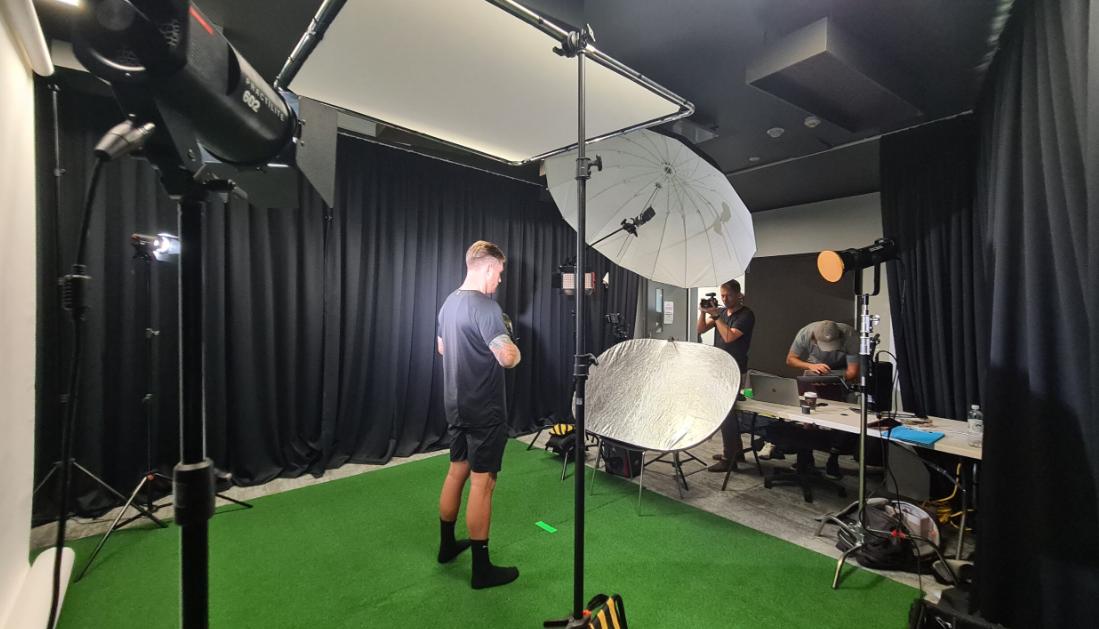Video production is a step-by-step journey that transforms creative ideas into impactful visual content. Whether it’s for marketing, brand awareness, or training purposes, understanding the key stages involved in Brisbane video production can help businesses collaborate effectively and ensure the best results.
Below, we’ll break down the main steps involved in a typical production process.
1. Initial Consultation and Planning
In Brisbane, video companies use this stage to learn about the client’s brand, ensuring the final product aligns with the business’s vision. It’s a vital step to avoid miscommunication and potential roadblocks during later stages.
This stage sets the groundwork for the entire project and includes:
Understanding the project’s goals: What is the purpose of the video? Who is the target audience?
Brainstorming creative ideas: Discuss various concepts, styles, and tones to fit the brand message.
Setting the budget and timeline: Align the project’s scope with available resources and deadlines.
2. Scriptwriting and Storyboarding
In videos, this step ensures that all stakeholders are on the same page regarding the creative direction of the video. The script and storyboard serve as the blueprint for the entire production process.
Once the project goals are defined, the creative team moves on to the script and storyboard. This step involves:
Crafting a compelling script: Write a clear narrative that effectively communicates the key message.
Visualizing the story through a storyboard: Sketch each scene, including camera angles, actions, and transitions.
3. Pre-Production
This phase is important because it ensures everything is in place before the cameras roll. For Brisbane businesses, this step might also involve securing specific permits if the shoot involves public spaces or unique venues.
Pre-production involves organizing all the logistical details before filming starts. Key tasks include:
Securing locations and permits: Choose and book locations in Brisbane that fit the video’s theme.
Hiring talent and crew: Cast actors, voice-over artists, and assemble the production crew.
Preparing equipment and props: Arrange cameras, lighting, and any other necessary gear or props.
4. Production (Filming)
Companies are equipped with professional-grade cameras, lighting equipment, and sound gear to capture every scene precisely. Depending on the project’s complexity, filming might take a few days or even weeks.
The filming phase brings all the planning to life. It typically involves:
Shooting the scenes: Capture the footage according to the storyboard, ensuring the narrative stays cohesive.
Managing lighting and sound: Ensure high-quality visuals and clear audio are recorded for the best possible result.
Maintaining continuity: Pay attention to details to ensure each shot connects seamlessly with the next.
5. Post-Production
This is where the magic happens for businesses, as editors work to create a final product that meets the client’s vision. The video’s pacing, style, and overall feel are refined during this stage.
This step is where the raw footage becomes a polished final product. Tasks in this phase include:
Editing the footage: Trim, rearrange, and fine-tune the video to ensure a smooth narrative flow.
Adding effects, color grading, and sound design: Improve visuals with color correction and audio with background music or sound effects.
Including graphics or special effects: If necessary, integrate animations, text overlays, or other visual elements to make the video more engaging.
6. Review and Revisions
Production teams in Brisbane value collaboration at this stage to ensure the client is fully satisfied with the result. Revisions ensure the video accurately represents the brand and effectively communicates the intended message.
Clients typically review the first cut before the final video is delivered and provide feedback. This step involves:
Client review of the video: Watch the initial edit to ensure it meets expectations.
Requesting changes: Ask for tweaks like adjusting audio levels, shortening certain scenes, or modifying color tones.
Finalizing the product: After revisions, the final video is completed and ready for distribution.
7. Final Delivery and Distribution
For Brisbane businesses, effective distribution is key to maximizing the video’s reach. Companies often guide how best to share and promote content to engage the target audience.
Once the video is finalized, it’s time for delivery and distribution. This step includes:
Rendering the final video: Convert the video to the required formats for online, broadcast, or in-house use.
Delivering to the client: Share the finished video with the client for their intended use.
Assisting with distribution: Help optimize the video for platforms like YouTube, social media, or websites.
Conclusion
The Brisbane video production process involves multiple stages. From initial planning and scriptwriting to filming and post-production, each step is important in creating a video that connects with the audience.


